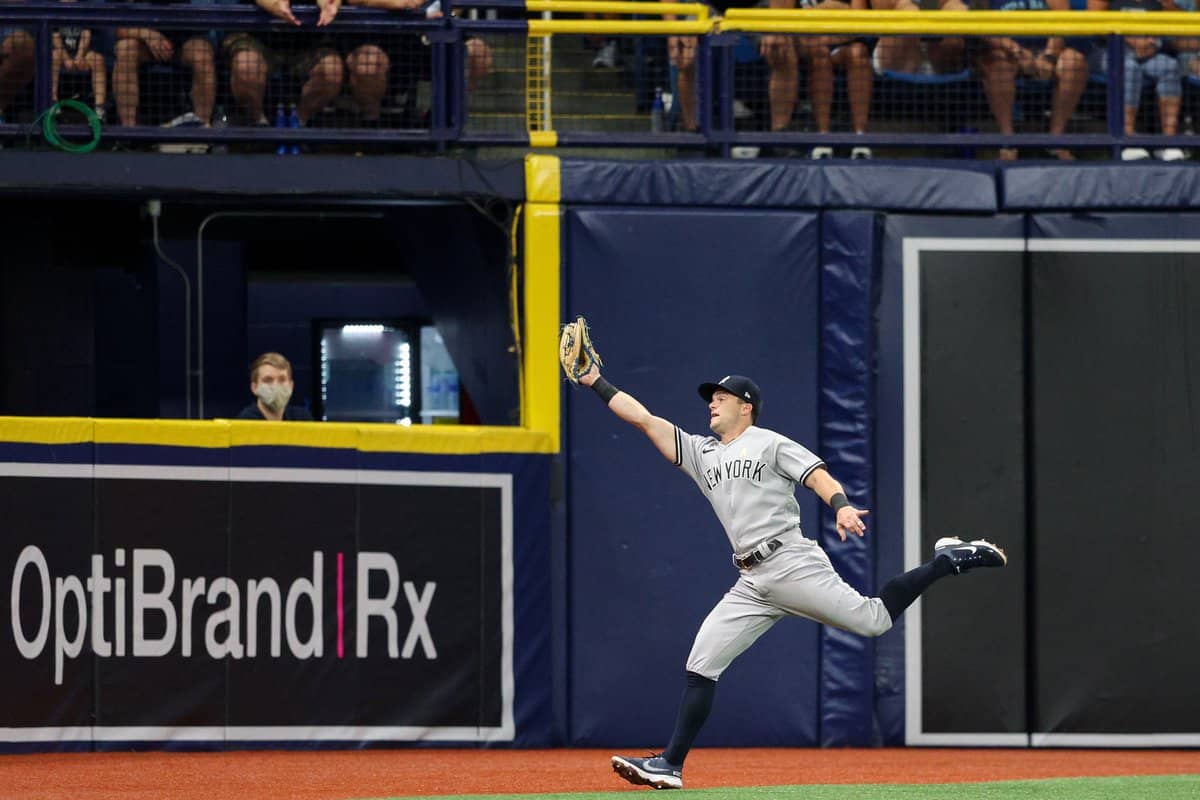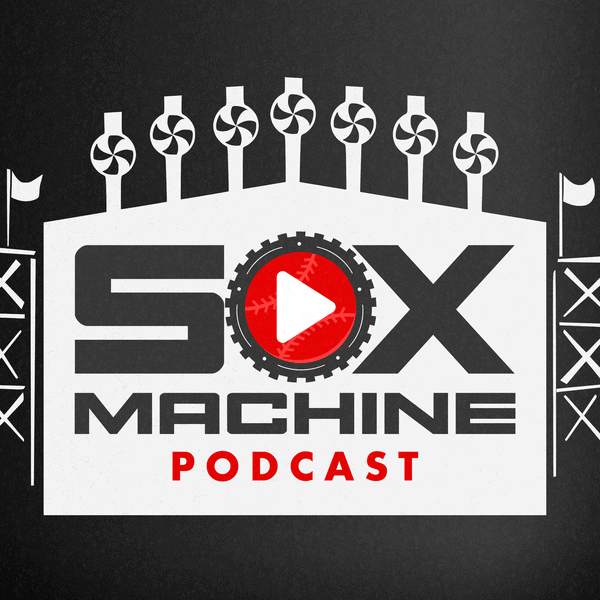The problem with Andrew Benintendi isn't really a problem with Andrew Benintendi.
It's not even the contract, because while five years and $75 million seems like a lot for a guy coming off a five-homer season, he gives the White Sox some things they desperately need, and the White Sox are paying for ages 28 to 32. You should usually brace for adequate players to plunge into inadequacy once the White Sox sign them given Rick Hahn's track record, but if Benintendi immediately became a liability, you would have license to express some surprise.
The problem with Andrew Benintendi mostly exists within the context of the White Sox.
Here, Benintendi's penchant for a high BABIP without other defined strengths has a lot of company; too much, probably. Here, Benintendi's recent history of left field exclusivity doesn't help the lack of depth in the other two outfield spots.
Above all else, here, this slightly above-average profile somehow warrants the greatest free-agent outlay in franchise history.
Now, if you can isolate him from the way the White Sox have conducted business in the past, he looks like a guy who can help. They needed a left fielder who can nudge Eloy Jiménez into most-time DH duties without insulting him. They also needed a lefty who is significantly stronger against righties but playable against lefties, and Benintendi fits that bill. Bat him second when he has the handedness advantage and in the bottom third when he doesn't, and there's a point in playing him.
He doesn't steal many bases, but he's historically a plus baserunner, which the White Sox always need. Going through my Bill James Handbooks to look up his data, and while his days of stealing 10-plus bases are behind him, he's not a station-to-station guy.
| Year | Bases gained | SB gained | Total |
|---|---|---|---|
| 2019 | +14 | +4 | +18 |
| 2020* | n/a | n/a | n/a |
| 2021 | +5 | -10 | -5 |
| 2022 | +7 | +2 | +9 |
The White Sox were -12 in baserunning bases gained as a team, and that deficit is erased simply by replacing Gavin Sheets (-5) with Benintendi.
These are all marginal advantages, but they help supplement that singles-heavy profile that looks redundant in this White Sox offense.
Except: The things Benintendi does well, he doesn't do super-well, which makes it hard to know which parts of his game can carry the day if he runs into a little bit of misfortune, like his broken hamate from last September. Rick Hahn's free agent history is littered with guys who relied on successful contact:
- 2022: AJ Pollock, Josh Harrison
- 2021: Adam Eaton
- 2019: Jon Jay
And going back to the first rebuild, Melky Cabrera was the White Sox's similar-sized investment to shore up an outfield that also included Avisaíl García and Adam Eaton. Cabrera wielded a similar hit tool and the ability to knock 15 homers, but 15 also represented his max output, more or less, and he lost about all his steps in the field and on the basepaths, so his contributions didn't have the ability to lift the team above failures elsewhere, especially when he opened his career with terrible contact luck.
If you can allow yourself to picture a world where the White Sox have deeper pockets than we thought, Benintendi opens more possibilities. The high floor of his game would theoretically allow the White Sox to pursue a high-risk-high-reward outfielder like Michael Conforto, with Oscar Colás ready to take over if Conforto looks done. It makes trading Liam Hendriks more palatable in one sense, because maybe that unlocks a solution at second base or outfield that allows the offense to project as truly above-average.
But in the scenario where Benintendi is the main addition, he's basically a high-paid vote of confidence that incumbents with higher offensive ceilings will rebound and/or stay healthy. We've seen the White Sox stop one player short before during the Todd Frazier days, and now here comes Benintendi just in time to replace Grandal, not supplement him.
If everything else is staying the same, at least the White Sox have a more hospitable setting for Benintendi's mid-velocity contact, and plenty of new faces who might have an idea of how to get the most out of him. Pedro Grifol overlapped with him the last two years in Kansas City, and so did a lot of his staff, per James Fegan:
The pre-existing White Sox connections to Benintendi are seemingly limitless. Most immediately, new manager Pedro Grifol was Benintendi’s bench coach for the bulk of the past two seasons in Kansas City, during which time new field coordinator Mike Tosar and new third base coach Eddie Rodríguez were also part of the Royals organization. White Sox hitting coordinator Andy Barkett was the assistant hitting coach for the Red Sox in 2018 and 2019 – the former of which being when Benintendi had a career year and Boston won the World Series – and has worked with the left fielder extensively in the past.
Beyond that, the White Sox have admired Benintendi since before he was drafted one spot ahead of their pick in 2015, and wanted him to be part of the four-player prospect haul they received from the Red Sox in exchange for Chris Sale after the 2016 season. The White Sox have been ready and willing to believe in Benintendi for a minute now.
The $15 million AAV is more important than the five years part, because the White Sox roster could transform considerably over following two winters, creating a spectrum where Benintendi is an appropriately paid secondary player on a contender, or a financial obligation on a payroll with few of them. It'd take a strange confluence of factors for Benintendi to become a true albatross, which might be the primary reason why the Sox were comfortable nudging their franchise-record bar ever so slightly higher.
You can watch Josh, BeefLoaf and I discuss the Benintendi signing on an emergency podcast/livestream from Thursday night. If you could subscribe to the Sox Machine YouTube channel, it'd be greatly appreciated.





